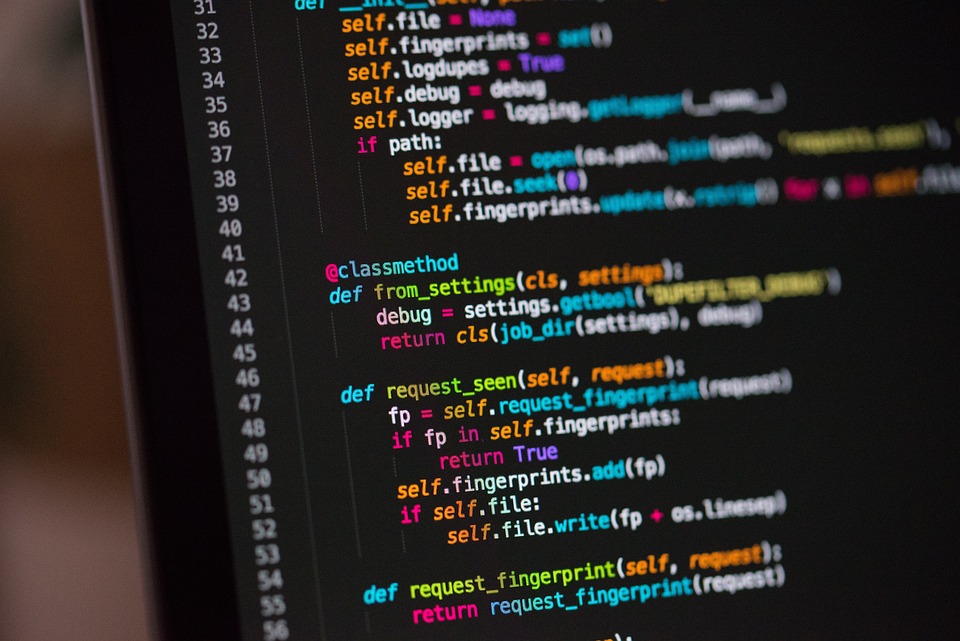In the ever-evolving landscape of web design, creating an engaging user experience is paramount. One of the most effective ways to captivate users is through the strategic use of animations and transitions, which can transform static interfaces into dynamic, interactive experiences. In this article, we’ll dive into the world of Motion UI development and explore how frameworks like Motion UI and GreenSock can streamline the creation of vibrant interfaces.
The Importance of Motion in User Experience
Animations and transitions serve several critical functions in user interface (UI) design:
1. Guiding User Navigation
Motion can subtly guide users by drawing attention to key elements on a page. For example, a button that gently pulses can indicate a call to action (CTA), encouraging users to engage. Transitions between different states, like when a menu expands or a modal opens, help users anticipate changes in the interface.
2. Providing Feedback
Users appreciate clear feedback during interactions. Motion can visually communicate responses to user actions, such as a loading spinner during content retrieval or a successful submission notification that animates in. Such feedback reduces uncertainty, enhancing the overall user experience.
3. Enhancing storytelling
Animations can be used to tell a story or illustrate a concept, making abstract ideas more tangible. For instance, an animated infographic can break down complex data into digestible, engaging visual narratives, keeping users invested in the content.
4. Creating Emotional Connections
Well-designed animations evoke emotions, establishing a connection between the user and the product. These emotional ties can significantly impact user retention and satisfaction, making your application memorable.
Frameworks for Motion UI Development
To take advantage of these benefits, developers can leverage various frameworks that facilitate the integration of motion into web applications. Two standout options are Motion UI and GreenSock.
Motion UI
Motion UI is a Sass library specifically designed for creating animations and transitions. Built by the team behind Foundation, this framework allows developers to easily integrate CSS transitions and animations into their projects. Here are some key features:
-
Predefined Animations: Motion UI comes with a set of pre-built animations that can be customized to fit the project’s needs, allowing for a rapid implementation of standard motion patterns.
-
Complex Animations Made Simple: Using a simple API, developers can create complex animation sequences without dealing with cumbersome JavaScript or CSS.
- Responsive and Mobile-Friendly: Motion UI provides functionality to ensure that animations run smoothly across devices, enhancing mobile experiences.
With Motion UI, developers can easily add subtle animations like fading, sliding, and rotating, infusing vibrancy into their user interfaces without sacrificing performance.
GreenSock (GSAP)
GreenSock Animation Platform (GSAP) is a powerful JavaScript library for creating high-performance animations. While it’s a bit more advanced than Motion UI, its capabilities offer unparalleled control for developers looking to create intricate animations and interactive experiences. Key features include:
-
Performance: GSAP is highly optimized, ensuring smooth animations at any frame rate, which is crucial for maintaining a polished user experience.
-
Timeline Control: With GSAP’s timeline feature, developers can choreograph multiple animations to play in unison or sequence, providing a level of control that is difficult to achieve with CSS alone.
-
Cross-Browser Compatibility: GSAP ensures that animations look consistent across different browsers, erasing compatibility concerns and allowing developers to focus on creativity instead of code.
- Ease of Use: Despite its power, GSAP maintains a simple syntax and offers a wealth of documentation and community support, making it accessible for developers at all skill levels.
Best Practices for Motion UI Development
When incorporating motion into web design, it’s essential to follow best practices to create a seamless user experience:
-
Keep It Subtle: Overusing animations can lead to a chaotic experience. Aim for subtlety; animations should enhance, not overwhelm.
-
Prioritize Performance: Ensure that animations don’t cause lag or negatively impact page load times. Use hardware-accelerated CSS for smoother transitions.
-
Consider Accessibility: Be mindful of users with motion sensitivity. Offer options to disable animations for those who prefer a static interface.
- Test and Iterate: Always test animations across devices and browsers. Gather user feedback to refine and enhance your animations continuously.
Conclusion
Motion UI development is a critical component of modern web design that can significantly improve user engagement and overall satisfaction. By harnessing frameworks like Motion UI and GreenSock, developers can craft compelling and interactive experiences that not only meet functional demands but also resonate emotionally with users. As the digital landscape continues to evolve, embracing motion design will be paramount for designers seeking to set their applications apart and capture the hearts of their audience.
Incorporate motion thoughtfully, and watch as your user engagement and retention soar!




